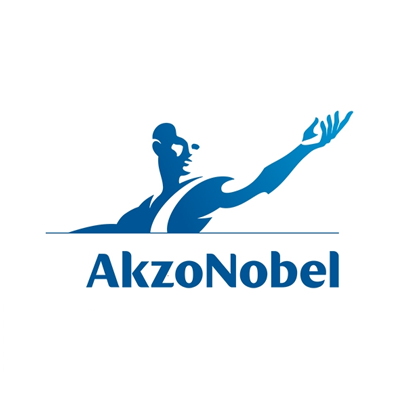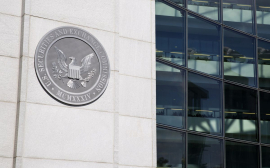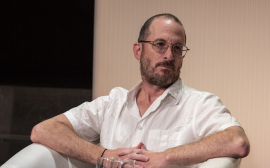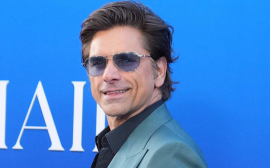Description
Akzo Nobel N.V., trading as AkzoNobel, is a Dutch multinational company which creates paints and performance coatings for both industry and consumers worldwide. Headquartered in Amsterdam, the company has activities in more than 80 countries, and employs approximately 46,000 people. Sales in 2016 were EUR 14.2 billion.
History
AkzoNobel has a long history of mergers and divestments. Parts of the current company can be traced back to 17th-century companies. The milestone mergers and divestments are the formation of AKZO in 1969, the merger with Nobel Industries in 1994 forming Akzo Nobel, and the divestment of its pharmaceutical business and the merger with ICI in 2007/2008 resulting in current-day AkzoNobel.
History and formation of Akzo
Akzo was formed in 1969 as merger of Algemene Kunstzijde Unie (AKU) and Koninklijke Zout Organon (KZO).
The AKU was formed in 1929 when the Vereinigte Glanzstoff Fabrike (est. 1899) and Nederlandse Kunstzijdefabriek (ENKA, est. 1911) merged, forming Algemene Kunstzijde Unie (AKU). The latter faced, amongst others, technical problems in the manufacturing of synthetic fibers. Its founder, Jacques Coenraad Hartogs, turned to Dutch industrialist Rento Hofstede Crull for a solution for which Hofstede Crull provided the answer. They created a joint venture, the NV I.S.E.M., whose successes and profits laid the foundation for the ENKA's subsequent acquisitions and mergers and which was eventually absorbed by the AKU in 1938.
The other part of the merger, the KZO, was formed when Koninklijke Zout Ketjen merged with Koninklijke Zwanenberg Organon in 1967. The former was itself a merger of Koninklijke Nederlandse Zoutindustrie (KNZ) and Ketjen. The KNZ was formed in 1918 by Ko Vis as a salt producing company; a business that to this day plays an important role in AkzoNobel's activities. The other part, Koninklijke Zwanenberg Organon, was formed when Zwanenberg's Fabrieken (est. 1887), a meat export factory based in Oss merged with Organon, a pharmaceuticals company founded by Saal van Zwanenberg, also in Oss.
After the merger of AKU and KZO, Akzo made a number of other critical acquisitions; Armour and Company in 1970, Levis Paints in 1985, specialty chemicals division of Stauffer in 1987 and divested its polyamides and polyesters plastics engineering business to DSM in 1992. In 1993, Akzo formed a joint venture with Harrisons Chemicals (UK) Ltd a subsidiary of Harrisons & Crosfield.
History and formation of Nobel
In 1646, the Swedish weapons manufacturer Bofors was established in Karlskoga. In 1893 the company became majority owned by Swedish chemist Alfred Nobel. In 1984 Bofors acquired KemaNobel, which had been established in 1841 and then existed as the result of mergers and acquisitions in 1970: Liljeholmens Stearinfabriks chemicals business (established 1841), Barnängen Tekniska Fabrik AB (1868) and Casco (1928).
In the late 70s and early 80s the company continued to make a number of acquisitions. In 1978 KemaNord acquired Swedish civil explosives chemical group Nitro Nobel and Liljeholmens Stearinfabrik; in 1981 it acquired Swedish electronics group Pharos from AGA and a year later the paints group Nordsjö. In 1983 the group consolidated the food systems groups of KenoGard and Kema Nobel to form Probel, later called Nobel Biotech. In 1984 Bofors acquired majority interest in KemaNobel, both companies have historic ties to Alfred Nobel, the 19th century Swedish inventor whose invention of dynamite gave a safe way to manage the detonation of nitroglycerin. By 1985 Bofors had integrated the entire KemaNobel group into itself and changed its name to Nobel Industries.
In 1986 the group divested its civil explosives business, Nitro Nobel, whilst acquiring paper and pulp group Eka AB. In 1988 the company acquired Berol Kemi from Procordia.
In 1986 the company acquired Elektrokemiska Aktiebolaget (Eka), another company founded by Alfred Nobel in 1895. Eka acquired Swedish forest company Iggesunds Bruk AB in 1951. In the late 80s a number subsidiary companies made various acquisitions; Casco Nobel acquired: Sadolin & Holmblad in 1987, Parteks adhesives and joint compound operations in 1988 and English paints group, Crown Berger in 1990. In 1990, Pharos acquired American electronics group Spectra-Physics. By the mid 90s, the company had begun to divest itself of non core businesses, streamlining itself: KVK Agro Chemicals was sold to Sandoz in 1991, the Nobel Consumer Goods (which consisted of: Barnängen Tekniska Fabrik, Liljeholms, Sterisol, and Vademecum, in the main) to the German group, Henkel, and NobelTech (the consolidated electronic business operation of the group) to Celsius Industries.
AkzoNobel formation
In 1994 Akzo and Nobel Industries agreed to merge, forming Akzo Nobel, with the new combined entity having 20 business entities a number of divestments were made: Nobel Chemicals, Nobel Biotech and Spectra-Physics. In 1995 the PET resins business was sold to Wellman, Inc.. In 1996 the group sold the crop protection business to Nufarm. In 1998 the company acquired industrial coatings and in synthetic fiber company Courtaulds, later divesting Courtaulds industrial coatings and Daejen Fine Chemicals. Courtaulds was merged with Akzo Nobel Fibres forming Acordis, which in December 1999 was divested CVC Capital Partners. In 1999 the company acquired the pharmaceutical business of Kanebo, the Italian pharmaceutical manufacturer, Farmaceutici Gellini, Nuova ICC and Hoechst Roussel Vet.
In the early 2000s the company began another wave of divestitures, first in 2000 with its stake in Rovin's VCM and PVC business to Shin-Etsu Chemical. In 2001 divests ADC optical monomers business to Great Lakes Chemical, in 2002 its printing inks business, in 2004 its catalyst business to Albemarle Corp., in 2005 its Ink & Adhesive Resins to Hexion and UV/EB Resins to Cray Valley, in 2007 its Akcros Chemicals to GIL Investments. In 2006 the group acquired Canadian decorative and industrial coatings company, SICO Inc. and a year later Canadian industrial coatings company, Chemcraft International, Inc.
In 2007 Organon International was sold to Schering-Plough for €11 billion and AkzoNobel delisted its shares from the US NASDAQ stock market. In 2008 Crown Paints was sold in a management buyout.
In December 2012, AkzoNobel agrees to sell its North American Architectural Coatings business to PPG Industries for $1.1 billion.
























